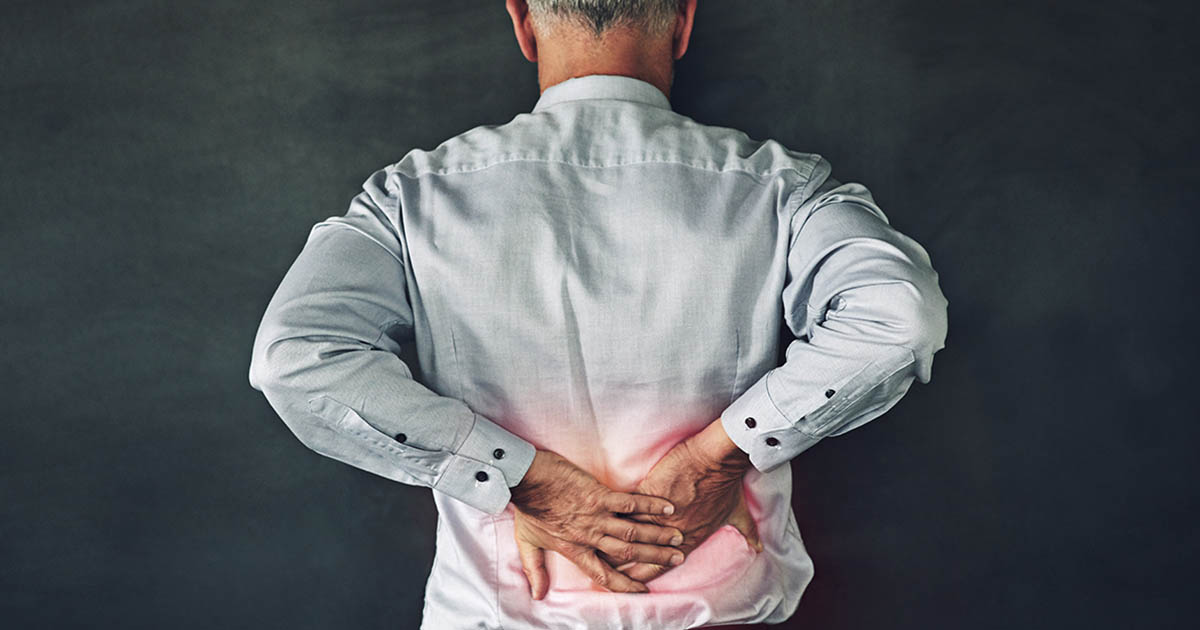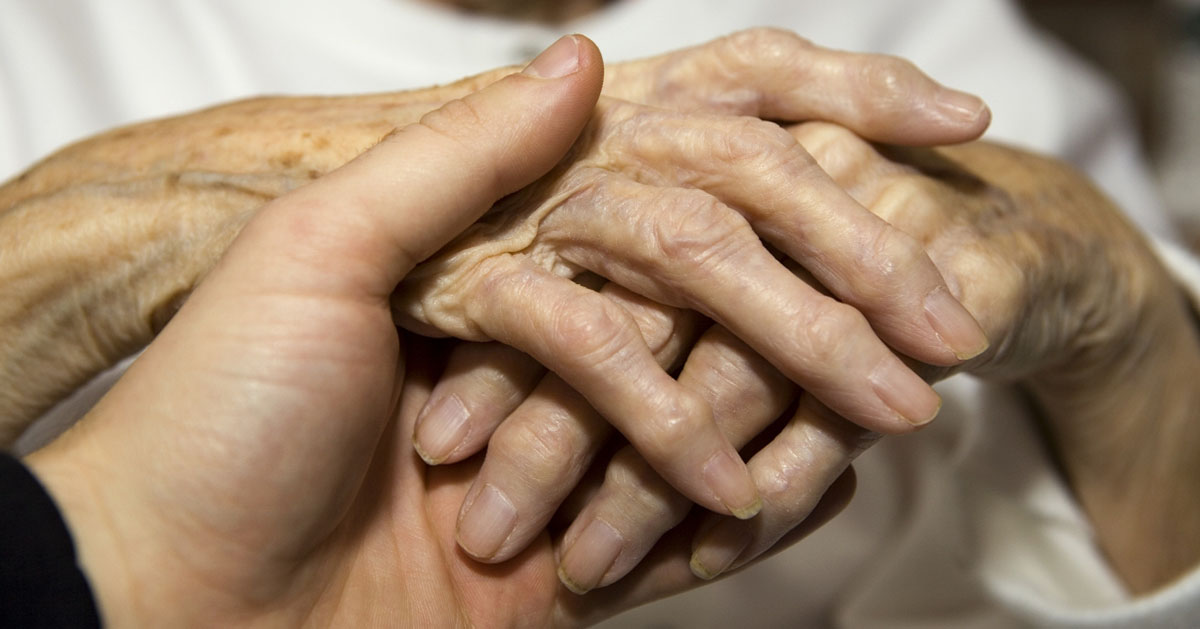Bone Density: Guide To The Symptoms, Causes, And Treatment Of Osteoporosis
Osteoporosis is a bone disease characterized by low bone density where the bones become brittle and weak. It occurs when the bone makes too little bone or loses too much bone, or both, resulting in an increased risk of fracture by a fall. Even daily activities such as coughing or sneezing too hard or bending over may cause a bone fracture in patients with osteoporosis. Bone is made up of living tissue that is constantly being regenerated. Osteoporosis occurs when not enough new bone is produced to make up for the deterioration of old bone.
Symptoms

Osteoporosis is sneaky in that most individuals who are affected do not feel their bones weakening until one breaks. It may take years before osteoporosis becomes problematic. Common symptoms of this condition include chronic back pain that radiates down the back on both sides of the body and curving of the spine that may cause a visible hunched-back, often called a dowager hump, in elderly individuals. Recurrent stress fractures, especially in the feet while walking or stepping off a curb, could be a sign of osteoporosis.
Causes

The most common cause of osteoporosis is estrogen deficiency in women. Bone loss increases in women after menopause, which occurs when there is a sudden drop in estrogen. Younger women who stop menstruating such as athletes or those who suffer from anorexia also have an increased risk. A surgical procedure known as a bilateral oophorectomy in which both ovaries are removed may also cause osteoporosis. According to one study, postmenopausal women who undergo a bilateral oophorectomy procedure have a fifty-four percent increase in wrist, spine, and hip fractures.
Low testosterone in men may lead to osteoporosis. In general, any hormonal imbalance or thyroid complication may result in low bone density. Other factors may include cigarette smoking, lack of exercise, poor diet, chronic inflammation or bowel disease that may cause malabsorption, chemotherapy, immobility after a stroke or heart attack, hyperthyroidism, vitamin D deficiency, inherited connective tissue disorders such as osteogenesis imperfecta, and certain medications including blood thinners, anti-seizure drugs, and corticosteroids.
